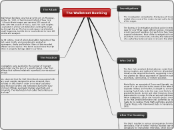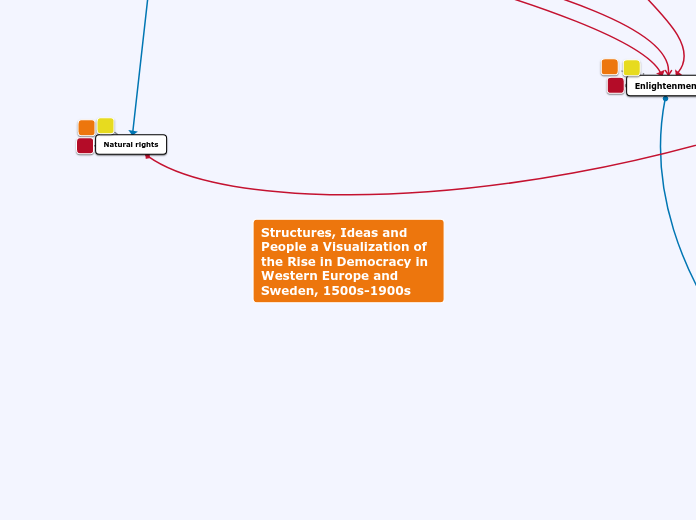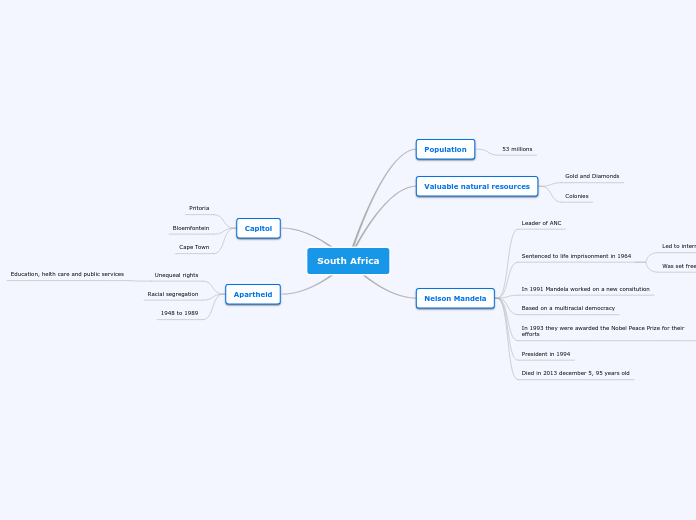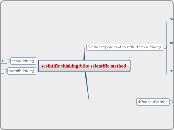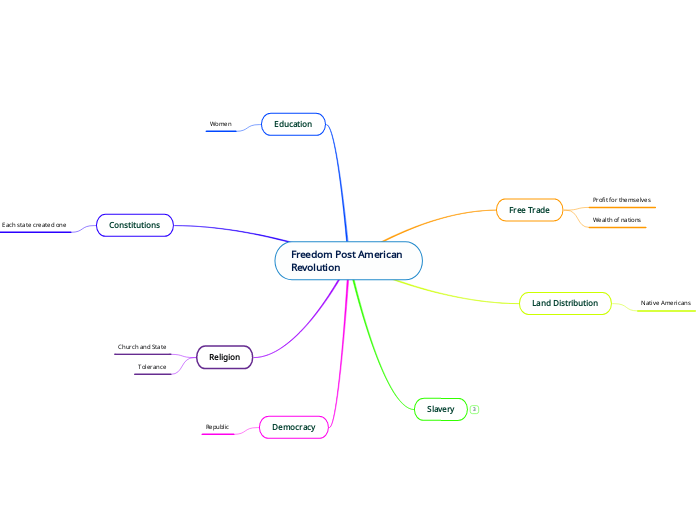by Freija Curren 11 years ago
471
Mindomo Mind Map
Following a devastating bombing on Wall Street, investigations by the Bureau of Investigation and local police stretched over three years without yielding any convictions. Authorities primarily focused on anarchist and communist groups, particularly the Galleanists, suspected of similar bombings in 1919.
